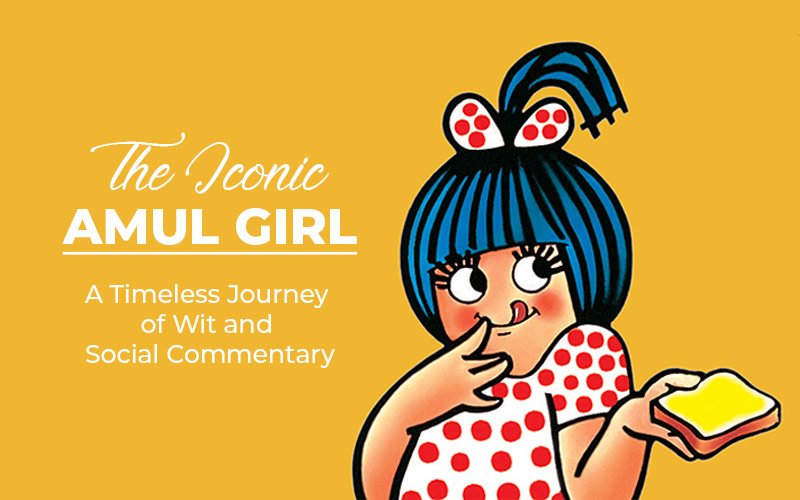The journey of Amul began long before India’s independence. Let’s dive into its remarkable story.
In 1946, in Kaira, Gujarat, farmers were pushed to their limits. At that time, Gujarat was part of the Bombay Presidency, and the government had launched the ‘Bombay Milk Scheme’ in 1945 to improve the milk supply to Bombay. They partnered with Polson, a private dairy, to collect and transport milk from Kaira. However, Polson’s unfair pricing practices were driving farmers to despair.
Led by Tribhuvandas Patel, these farmers sought help from Sardar Vallabhbhai Patel, who advised them to form a cooperative to supply milk directly to the Bombay Milk Scheme and to go on strike if their demands were not met. Following this advice, the farmers went on a 15-day strike in 1946, which led to the collapse of the Bombay Milk Scheme and forced the British government to concede.
That same year, the Kaira District Co-operative Milk Producers’ Union Limited was formed, initially collecting 250 liters of milk per day. By 1948, milk collection had increased twentyfold to 5,000 liters, with 432 farmers joining the cooperative.
As the cooperative began to stabilize, a new chapter unfolded. In May 1949, Verghese Kurien, a 28-year-old mechanical engineer with a master’s degree from Michigan State University, arrived in Kaira to set up a creamery as part of his government scholarship obligation. Initially planning to leave after completing his assignment, Kurien was persuaded by Tribhuvandas Patel to stay and help the cooperative.
Under Kurien’s leadership, milk production surged, and by 1953, the cooperative had established a plant to process milk powder and butter. In 1955, Prime Minister Nehru inaugurated this plant, which was the first in the world to process buffalo milk.
It was time for a brand name, and ‘Amul,’ derived from ‘Amulya’ meaning priceless, was chosen. It also stood for Anand Milk Union Limited.
In 1965, Prime Minister Lal Bahadur Shastri asked Kurien to replicate this successful model across India, leading to the creation of the National Dairy Development Board under Kurien’s leadership. As Amul grew, the brand introduced the iconic Amul Girl, a creation of Sylvester daCunha, known for her witty commentary on current events.
With the success of the Kaira Union, more cooperatives sprang up across Gujarat. To avoid competition, they united in 1973 as the Gujarat Cooperative Milk Marketing Federation, with Amul as their brand.
Today, Amul is a dairy giant:
– It collects milk from over 18,600 villages.
– It has 3.6 million farmer members.
– It’s the world’s largest farmer-owned cooperative.
– It ranks among the top 20 global dairy brands.
– It’s present in over 50 countries.
– And it has helped India achieve milk self-sufficiency.
India’s per capita milk availability now exceeds 450 grams per day, surpassing the global average of 322 grams.
From a small cooperative born out of struggle to a global brand, Amul truly embodies the taste of India’s success.






